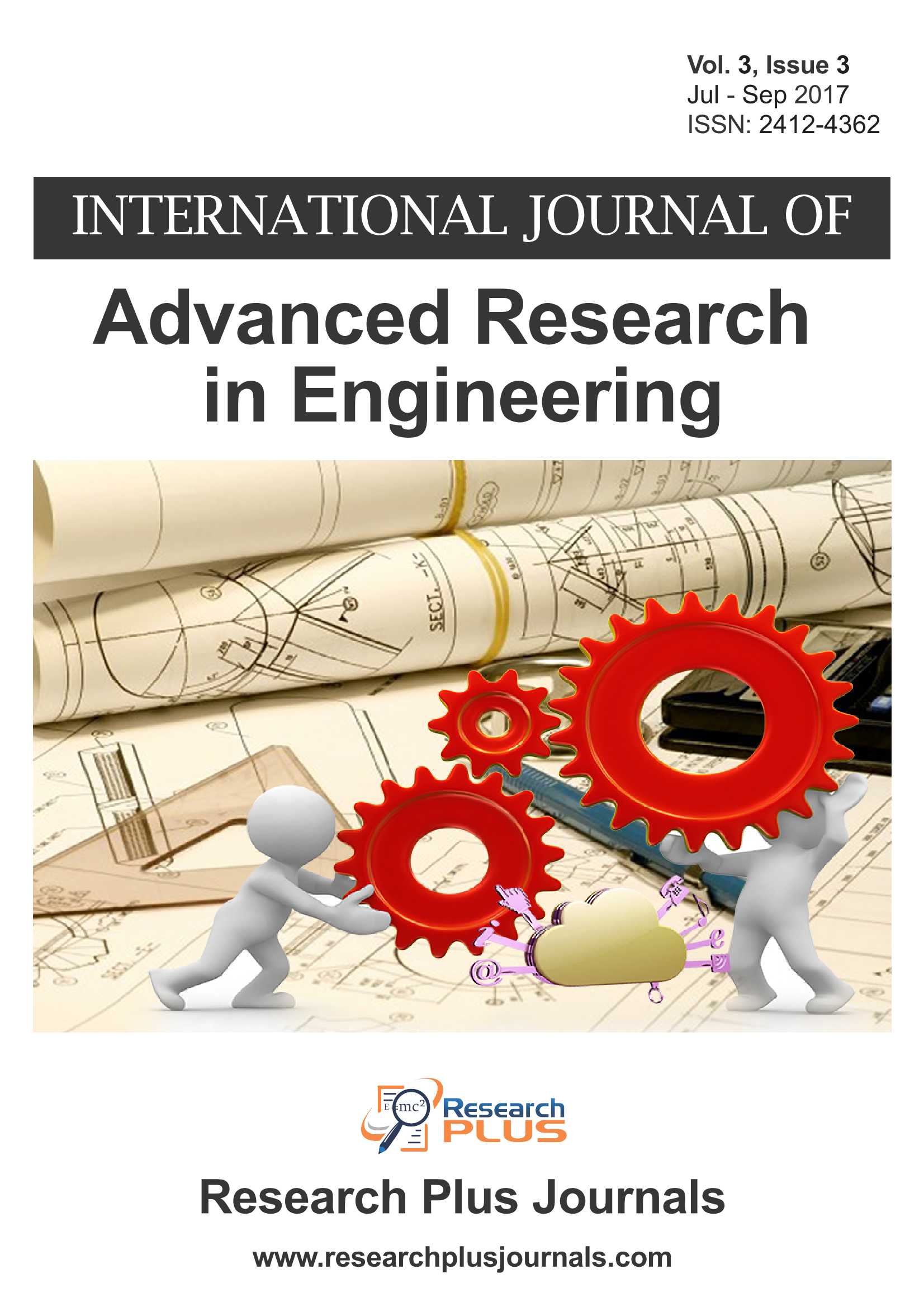Cooperative Coevolution with Dynamic Species-Size Strategy for Vibration-Based Damage Detection in Plates
Abstract
Vibration-based damage detection is based on the fact that vibration characteristics such as natural frequencies and mode shapes of structures are changed when the damage occurs. This paper proposes dynamic species-size strategy in cooperative coevolution concept. The resulting algorithm, cooperative coevolutionary genetic algorithm with dynamics species-size (CCGADSS), is used as the optimization algorithm in the vibration-based damage detection in plates. The objective function is numerically calculated from the difference between experimentally vibration characteristics and numerically evaluated vibration characteristics of the predicted damage. In finite element model for objective calculation, the plates are equally divided into 64 elements. There are 2 different cases with dissimilar occurred damage in plates are considered. In first case, the plate hase only one region consisting of 4 elements which are together connected and have same damage. In second case, there are 5 separated elements which are damaged differently. In order to demonstrate the performance of the dynamic species-size strategy, 3 optimization algorithms, which are genetic algorithm (GA), cooperative coevolutionary genetic algorithm (CCGA), and CCGADSS. The results indicate that CCGADSS is superior to GA and CCGA. Moreover solutions obtained using CCGADSS are quite close the actual damage. These results show that the dynamic species-size strategy can enhance performance of cooperative coevolution concept.

This work is licensed under a Creative Commons Attribution-ShareAlike 4.0 International License.
Copyright & License
All Research Plus Journals (RPJ) publish open access articles under the terms of the Creative Commons Attribution (CC BY-SA 4.0) https://creativecommons.org/licenses/by-sa/4.0/ License which permits use, distribution and reproduction in any medium, provided the original work is properly cited & ShareAlike terms followed.
Copyright on any research article in a journal published by a RPJ is retained by the author(s). Authors grant RPJ a license to publish the article and identify itself as the original publisher. Upon author(s) by giving permission to RPJ either via RPJ journal portal or other channel to publish their research work in RPJ agrees to all the terms and conditions of https://creativecommons.org/licenses/by-sa/4.0/ License and terms & condition set by RPJ.
3rd party copyright
It is the responsibility of author(s) to secure all necessary copyright permissions for the use of 3rd-party materials in their manuscript.
Disclaimer
Research Plus Journals Open Access articles posted to repositories or websites are without warranty from RPJ of any kind, either express or implied, including, but not limited to, warranties of merchantability, fitness for a particular purpose, or non-infringement. To the fullest extent permitted by law RPJ disclaims all liability for any loss or damage arising out of, or in connection, with the use of or inability to use the content.
















